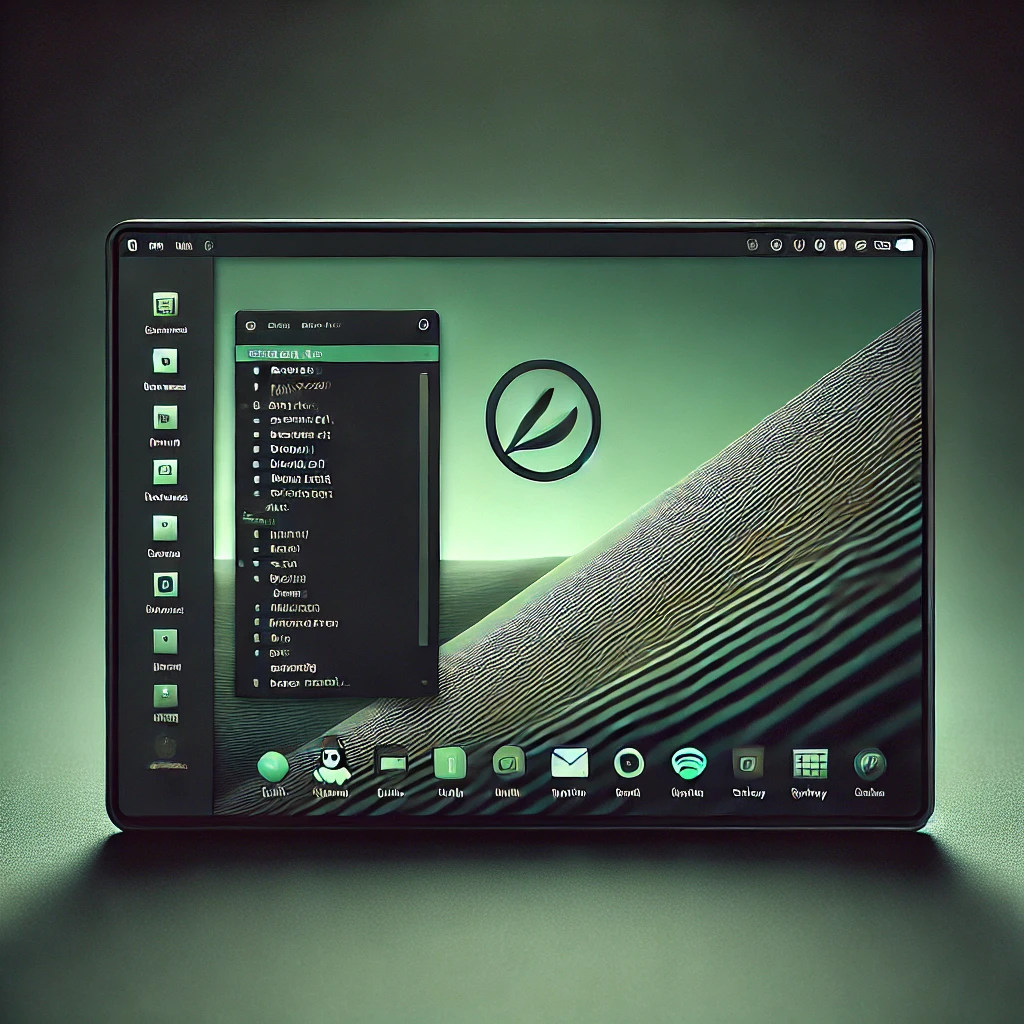How to Install Applications from Flatpak on Linux Mint

Categories:
4 minute read
Introduction
Linux Mint is renowned for its user-friendly interface, stability, and ease of use, making it a popular choice among both beginners and experienced Linux users. One of the key aspects of managing any Linux system is installing and managing software. While Linux Mint comes with its own Software Manager and APT package manager, there’s another versatile option: Flatpak.
Flatpak is a universal package management system that allows you to install and run applications in a sandboxed environment. This means applications are isolated from the rest of the system, enhancing security and compatibility across different Linux distributions. For Linux Mint users, integrating Flatpak opens up access to a broader range of applications, often with the latest updates that may not be available in the default repositories.
In this guide, we’ll walk you through the process of installing applications from Flatpak on Linux Mint, covering everything from setup to troubleshooting common issues.
What is Flatpak?
Flatpak is a software utility designed to distribute and run applications in isolated environments, known as sandboxes. Unlike traditional package managers like APT (used in Debian-based systems like Ubuntu and Linux Mint) or Snap (developed by Canonical), Flatpak is distribution-agnostic. This means you can install and run the same Flatpak application on different Linux distributions without modification.
Key Features of Flatpak
- Sandboxing: Applications run in an isolated environment, reducing security risks.
- Cross-Distribution Compatibility: Install the same application on Fedora, Ubuntu, Arch, and Linux Mint without changes.
- Latest Software Versions: Developers can push updates directly to users, bypassing distribution-specific repositories.
- Central Repository (Flathub): A vast library of applications maintained in one place.
Flatpak’s design focuses on security, simplicity, and accessibility, making it an excellent tool for Linux Mint users who want up-to-date applications without compromising system stability.
Why Use Flatpak on Linux Mint?
While Linux Mint’s Software Manager and APT repositories cover most software needs, Flatpak offers several advantages:
- Access to Latest Versions: Some applications in APT repositories lag behind the latest releases. Flatpak often provides the most current versions directly from developers.
- Enhanced Security: Applications are sandboxed, minimizing the risk of affecting other system components.
- Broader Application Availability: Some applications are only available on Flathub, the primary Flatpak repository.
- Consistency Across Distros: If you use multiple Linux distributions, Flatpak provides a consistent method for installing and managing applications.
Prerequisites: Preparing Linux Mint for Flatpak
Before you start installing applications via Flatpak, ensure your system is ready:
Update Your System:
sudo apt update && sudo apt upgradeCheck if Flatpak is Installed: Linux Mint 18.3 and later come with Flatpak pre-installed. To verify:
flatpak --versionIf Flatpak is installed, you’ll see the version number.
Install Flatpak (if not present):
sudo apt install flatpakIntegrate Flatpak with Software Manager: To enable Flatpak support in the Linux Mint Software Manager:
sudo apt install gnome-software-plugin-flatpak
Step-by-Step Guide to Installing Applications via Flatpak
Step 1: Installing Flatpak (if necessary)
If Flatpak isn’t already installed, use the command:
sudo apt install flatpak
Verify the installation:
flatpak --version
Step 2: Adding the Flathub Repository
Flathub is the main repository for Flatpak applications. To add it:
sudo flatpak remote-add --if-not-exists flathub https://flathub.org/repo/flathub.flatpakrepo
This command ensures access to a wide range of applications.
Step 3: Searching for Applications
You can search for applications using the terminal:
flatpak search <application-name>
For example, to search for VLC:
flatpak search vlc
Alternatively, use the Software Manager, where Flatpak apps are now integrated.
Step 4: Installing Applications
To install an application from Flathub:
flatpak install flathub <application-ID>
Example:
flatpak install flathub org.videolan.VLC
Follow the prompts to complete the installation.
Step 5: Running Flatpak Applications
After installation, run the application using:
flatpak run <application-ID>
Example:
flatpak run org.videolan.VLC
Alternatively, find the application in your system’s application menu.
Managing Flatpak Applications
Updating Flatpak Applications
To update all installed Flatpak apps:
flatpak update
To update a specific application:
flatpak update <application-ID>
Listing Installed Flatpak Applications
To see all Flatpak applications on your system:
flatpak list
Removing Flatpak Applications
To uninstall an application:
flatpak uninstall <application-ID>
Example:
flatpak uninstall org.videolan.VLC
Troubleshooting Common Issues
Flatpak Command Not Found: Ensure Flatpak is installed. Reinstall if necessary:
sudo apt install flatpakPermission Issues: Some apps may require additional permissions. Use Flatseal, a GUI for managing Flatpak permissions:
flatpak install flathub com.github.tchx84.FlatsealApplication Won’t Launch: Try running the app from the terminal to view error messages:
flatpak run <application-ID>
Conclusion
Flatpak provides Linux Mint users with a powerful, flexible way to install and manage applications. With its emphasis on security, up-to-date software, and cross-distribution compatibility, Flatpak is an excellent complement to Mint’s native package management tools.
By following this guide, you should now be able to set up Flatpak, install applications, and manage them effectively. Explore Flathub to discover a vast library of applications that can enhance your Linux Mint experience.
Feedback
Was this page helpful?
Glad to hear it! Please tell us how we can improve.
Sorry to hear that. Please tell us how we can improve.